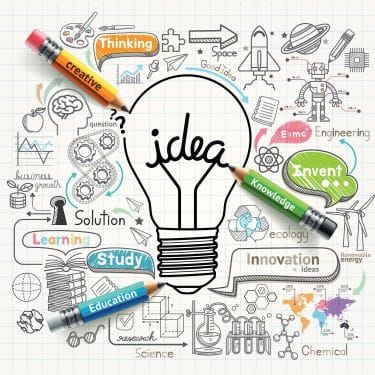IMPROVE OPERATIONAL EFFECTIVENESS OF R&D
Many companies struggle to achieve speed and efficiency due to an ineffective product development process and the lack of will to re-engineer their processes, understand the impact of risk assessment and modifying other factors that can improve speed-to-market

